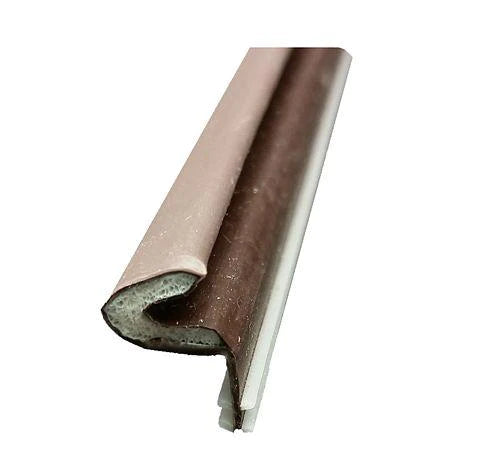How Do Weather Seals Work?

Most homes have drafts and air leaks somewhere—typically around the edges of windows and doors. While these tiny cracks may not seem like a big deal, they can cost you a lot over time as they make your HVAC systems work harder. Plus, they offer easy access to insects and foreign pollutants. Fortunately, you can insulate your home with an easy-to-use product: a weather seal.
Weather seals (also known as weather strips) help prevent unwanted air flow as well as the intrusion of insects, and pollutants. While they come in different varieties, they all work by filling in the open spaces.
DIY Weather-Stripping
Before weather-stripping your home, first, make sure you really need it. There are a few different ways you can check your doors and windows for gaps; we recommend the flashlight method. When it is dark, have a partner shine a flashlight along the edges of your doors and windows. As they do so, check from the inside if you can see any light coming through a gap. You should consider adding a weather seal anywhere the light shines.
The exact method for weather stripping will depend on the type of product you use. Some popular options are V-seals, felt, foam tape, door sweeps, and rubber tubing. A little research to determine the best solution for your home can go far to keep your home comfortable and also save money in the long run.
